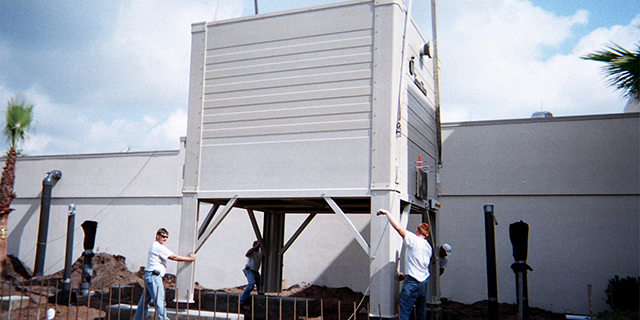Energy Efficiency

AdvanTek can expertly apply the right energy tools to analyze efficiency and compare upgrades based on annual energy savings and life cycle cost. Done properly, this work is typically extensive and complex. We make it our business to develop and use the latest energy analysis tools and techniques. Applying the right tool, in a way that's right for the project, ensures truly useful results at the lowest possible cost.
Energy Engineering
- Scientific energy use diagnostics
- Comprehensive, detailed energy/water audits and economic evaluations
- Energy and water bill statistical analysis
- Super efficient ENERGY STAR™ and GREEN BUILDING™ ratings
- Building energy-use simulations using DOE-2, JF-Bin, eQuest, HAP, TraneSA
- Clean energy and advanced technology feasibility studies
- Compressed-air system performance and energy efficiency
- Energy analysis of specialized process and manufacturing equipment
- Life-cycle cost analysis and site-project prioritization
- Verification-of-savings performance monitoring, metering, and analysis (M&V)
Energy Program Support
- Performance contract management and technical oversight
- Comprehensive Strategic Energy Management Planning
- ESCO competitive contractor bid and selection
- Energy procurement guidance
- On-site self-funding Resource Efficiency Manager program
- Energy Management Program scheduling, training and implementation
- Online energy tracking and analysis
- Energy efficiency Benchmarking
Comprehensive Energy Audit
The objective was to identify cost reduction measures and calculate implementation costs at Indian River State College. The scope included nine buildings totaling 378,000 square feet, two chiller plants, and a pool heating plant. System-level computer simulations were performed on 32 targeted building systems. A joint-frequency BIN analysis method was used for analysis of the chiller plants. The project identified nineteen ECMs that would reduce utility costs by $236,000 per year, a savings of 24%. Recommended ECMs included replacement of cooling towers, replacement of reciprocating chillers with gas chillers, installation of heat pipes in air handlers, T8 lighting system upgrades, DDC chiller sequencing optimization, and occupancy sensors in classrooms and restrooms. With a total investment of $507,000 for implementation of the recommended energy saving measures, payback of the investment will be in less than three years.
 E-mail
E-mail